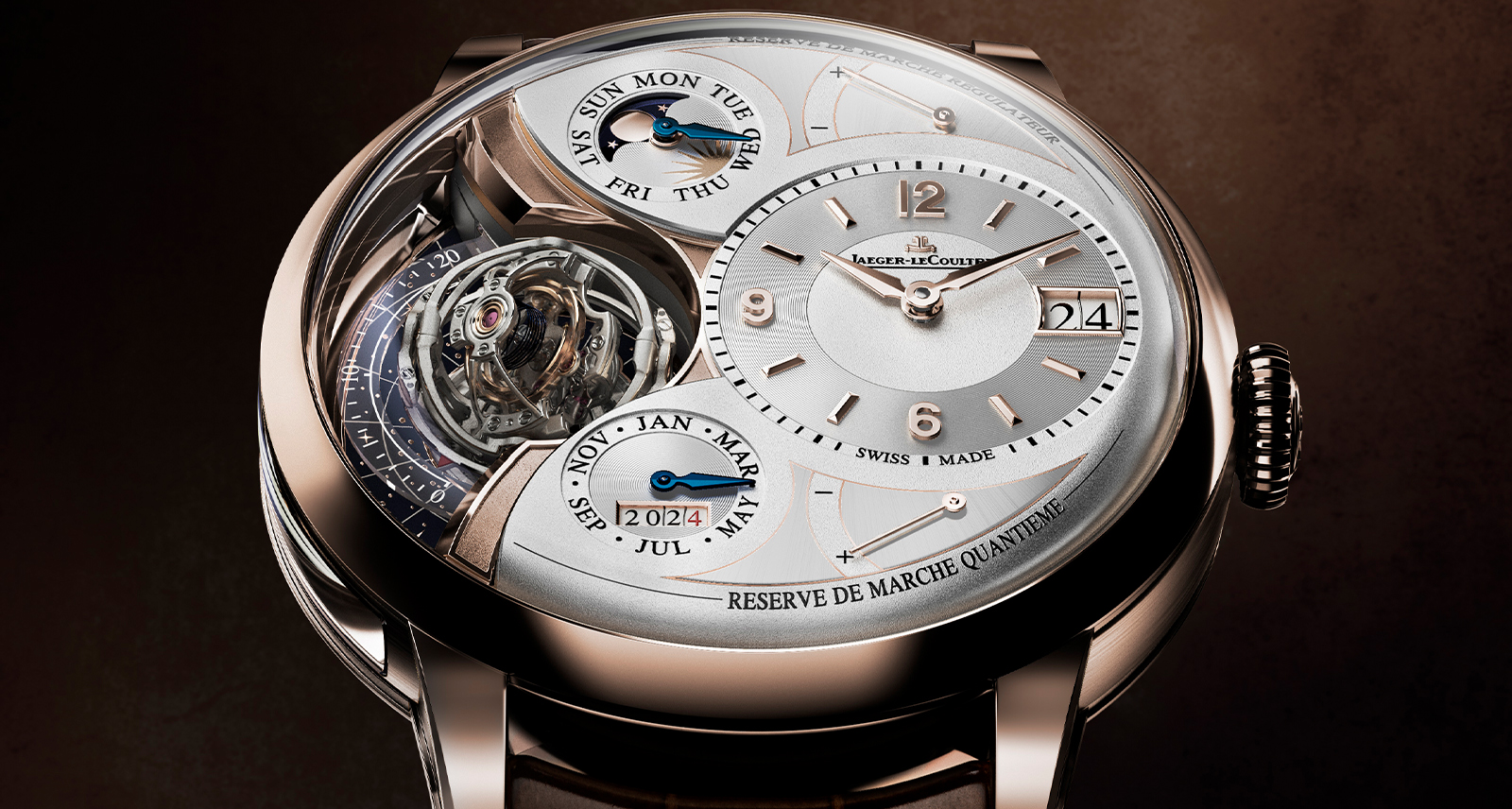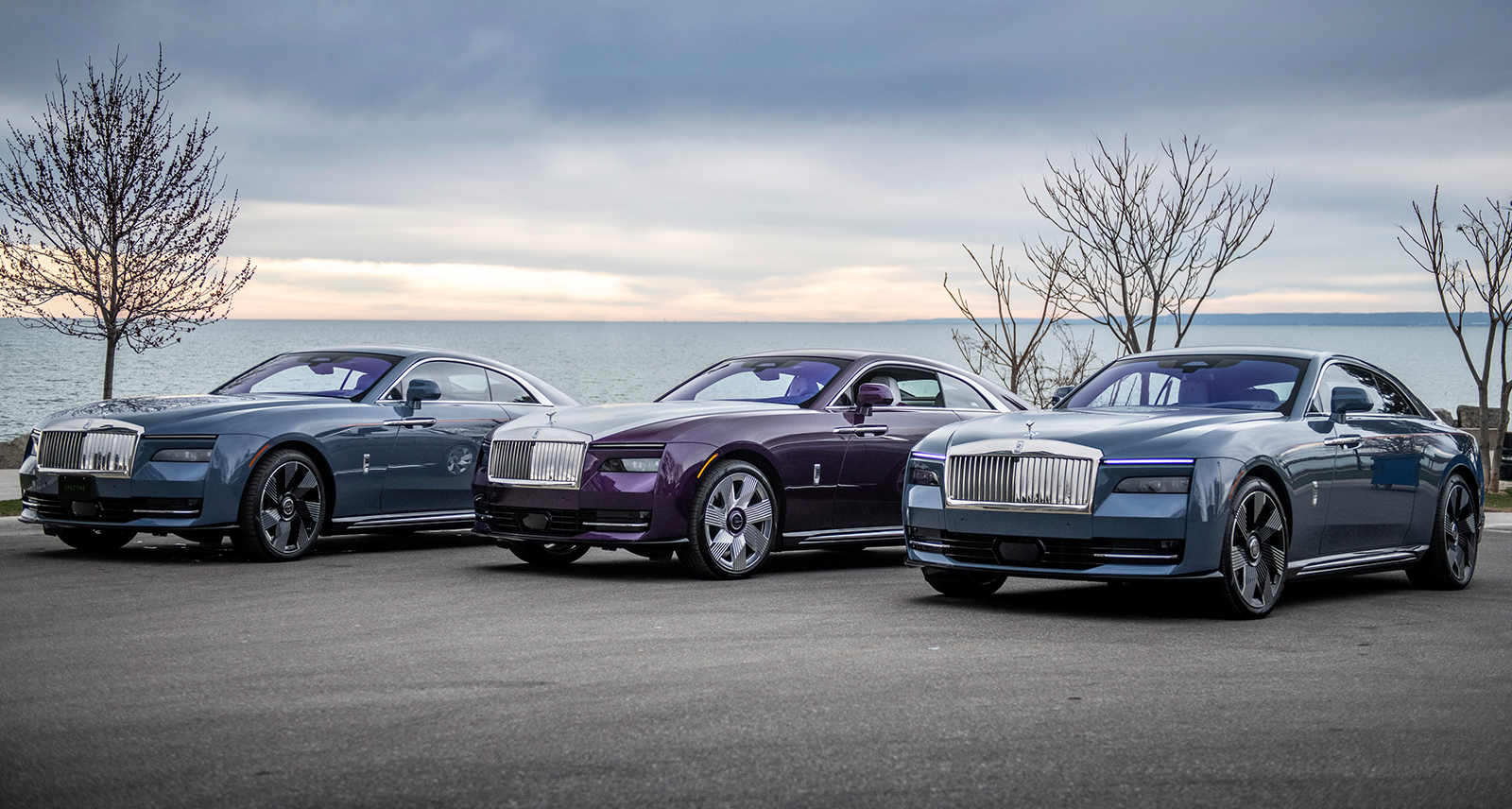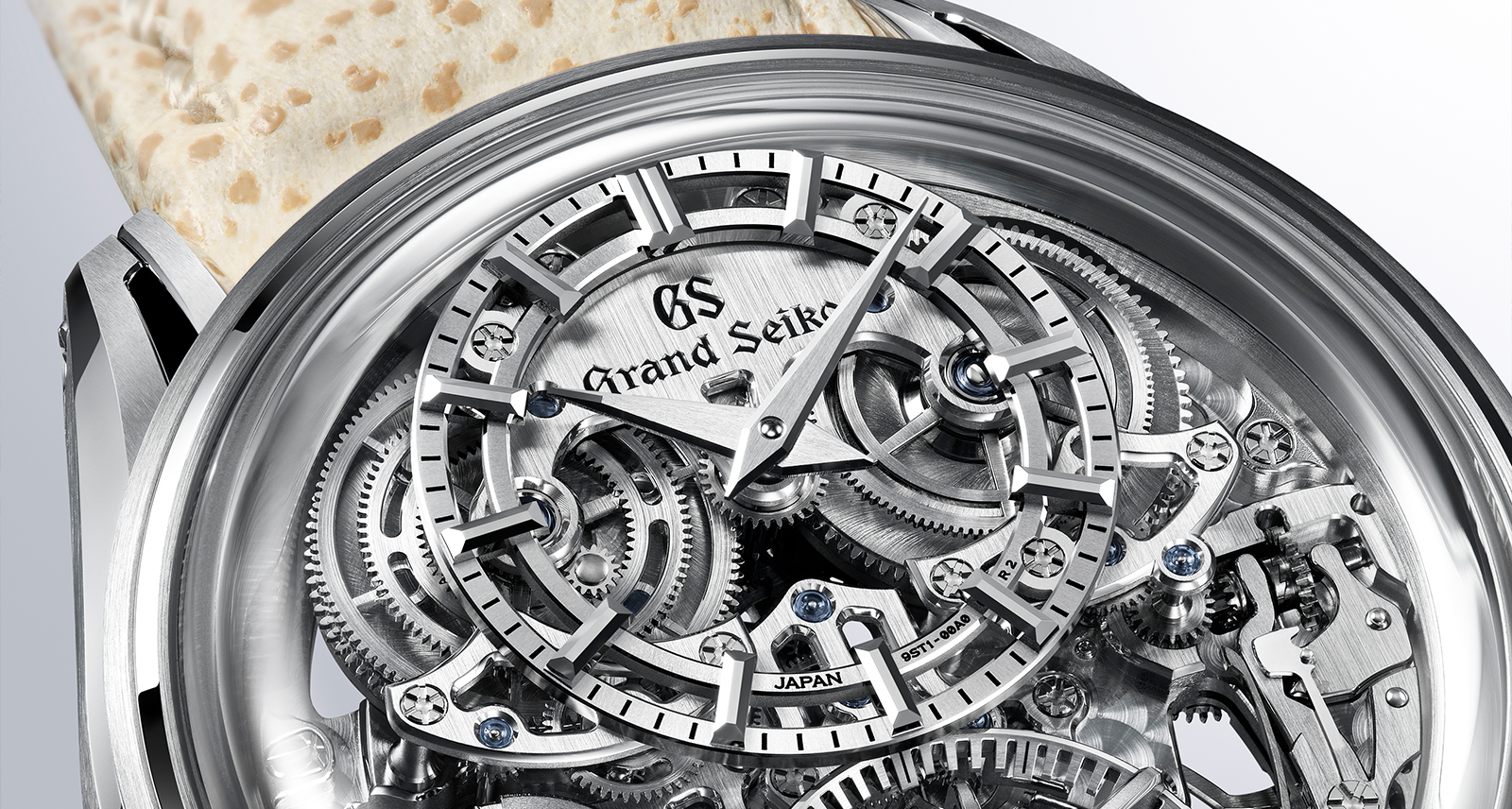Distilled Moments: 7 Days in Scotland in Search of Perfection
While all travel is built around Moments, Scotland serves them up like a kind-hearted bartender on his last day: big, full and in quick succession. But even in a place as rich as Scotland, you need to be in the right mood to acknowledge, let alone savour, a Moment. See, there’s a difference between memory and a Moment. Technically speaking, the former isn’t made when we recall an actual event, but when we remember remembering that event. Memory is the groove we create traveling over the same mental ground, again and again. A Moment is what compels us to start that memory-making trek. Moments are flags planted; markers that stand out from time, you know you’ll return to. And, like I say, Scotland is full of them. It’s also full of scotch. It turns out, the two are connected.
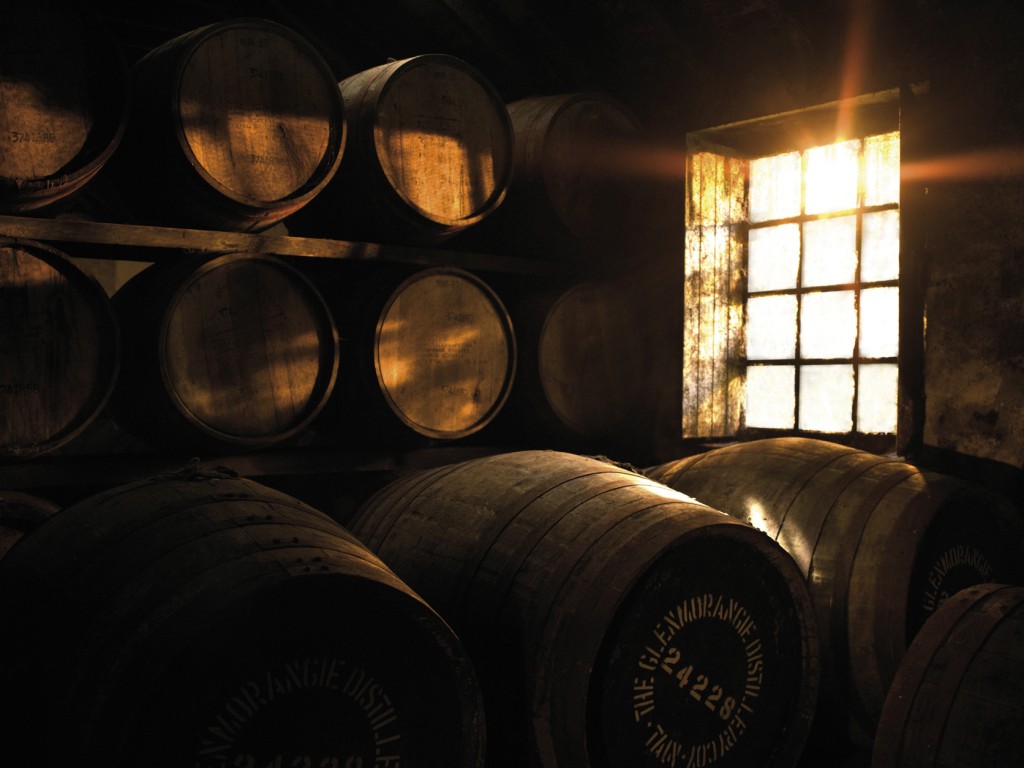
I’M ON A TRAIN, every shade of green sweeping past me, rolling and falling, punctuated by stone bridges and walls that go nowhere. It’s lovely, but I feel disconnected from it. I worry that, having grown up near the Rocky Mountains, I’ve been spoiled by natural beauty, so that now the view of a Scottish countryside is just more time spent on a train. But, I realize, another stone something passing me, that Scots are spoiled by history—by the chance to be so close to it. To touch it, walk through it, and yes, taste it. There’s perhaps no better place to be spoiled by that history than to visit Scottish distilleries.
That’s why I’m here: to get a taste of history. It’s so common a refrain among traveler that it’s a cliché, but when you visit distilleries, tasting history become literal. While wine tours have been popular among a certain demographic for a long time, there’s something especially authentic about scotch trips. They seem somehow less tainted by pretention. Or, maybe that all depends on the people you meet. Still, somehow a trip centred on the spirit seems almost religious. Call it the Power of the Moment. Scotch makes and is made of, Moments. I even remember to write some of them down while I’m on the train, watching an old country splash across the window, thinking of my home.
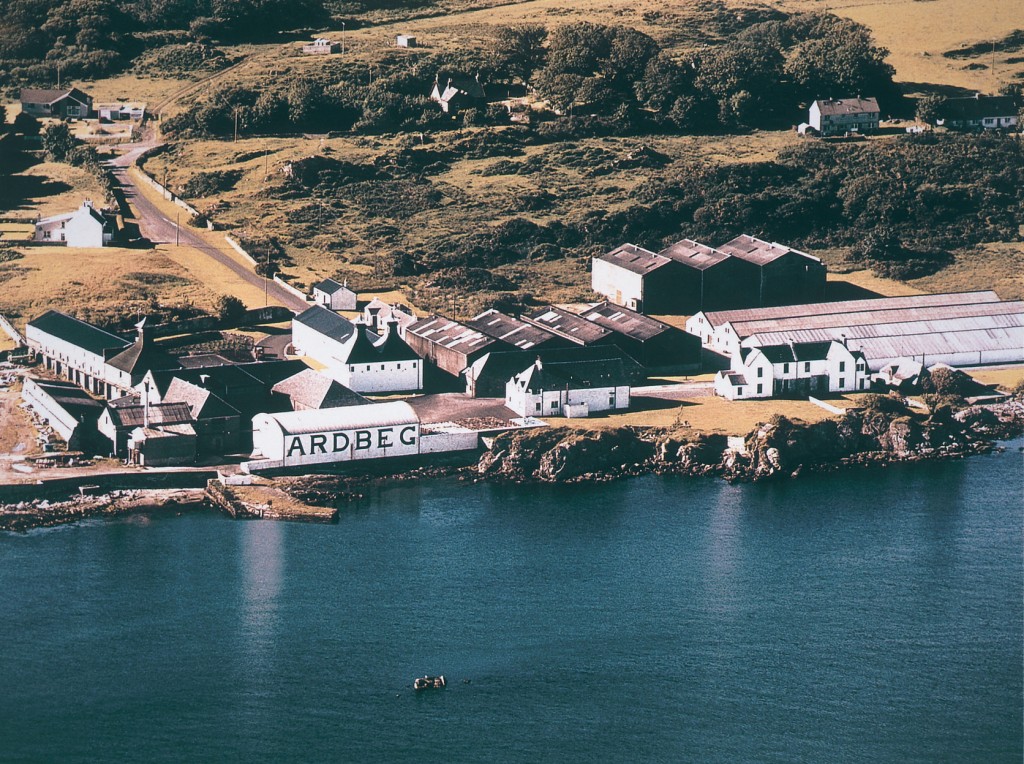
I’M SITTING OUTSIDE, at one of a handful of picnic tables gathered around a copper still. It’s as if it were an object of worship, the totem to some kind of whiskey god. There is a table of Germans, all laughing consonants, at a table near by. The wind casually rolls off the sea, strong enough to make me happy I’m wearing a jacket, but only just. Today, we’re repeatedly told, is the only nice day Islay, the tiny, peat-covered isle that’s home to eight active whisky distilleries, will have all year. The simple white buildings of the Ardbeg distillery make a tiny timeless village. The air seems golden. I pull out my book (Don DeLillo short stories) and, thanks to the time travel telepathy of literature, experience a Moment. A sentence that mirrors and describes my present situation:
“This spot was so close to perfect we would not even want to tell ourselves how lucky we were, having been delivered to it… I guess we believed that the wrong voice can obliterate a landscape.”
This seemed right: let the country serve up its Moments. It’s probably the scotch that has me thinking like this, about Moments, and living for them. Not out of any drunkenness, but because it was reinforced, intentionally or not, on the tour we just finished: the pour, the scent, the smoothness and burn. Ritual, his- tory, the senses, repeated and repeated.
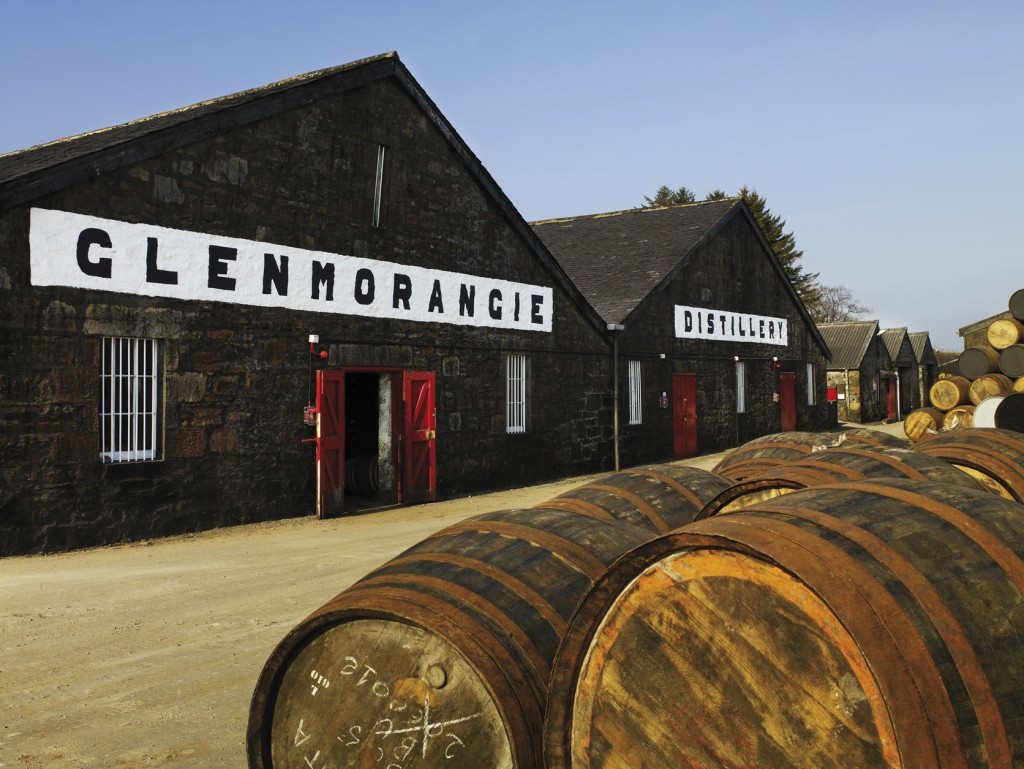
That tour. Our guide, humble and thick-accented, knew one of the members of our party who grew up in Islay; he used to work at the distillery, in fact. Thus, the tour took on the tenor of a small town reunion. Stories about old friends replaced brand messaging. On our way to a room full of giant vats, we turn down a shadowy hall where some industrious Ardbeg employees long ago set up a makeshift gym with improvised weights. Is it luxurious? It is not. But it does something that a scripted tour would never be able to do. See, it’s impossible to talk about scotch without invoking a Craftsman mythos: sepia-toned labourers, handlebar moustaches. Very historical. But, the craftsmen here are real people, with gen- uine affection for their product. They aren’t legends, they work on a tiny island and, when time stretches, they lift cement and read Lee Child books.
After the tour, we drive out to a roofless stone church surrounded by an impossibly old cemetery. You can see the graves of men who fought in the Crusades. It feels like a movie set, as though it’s too pristinely ancient to be real. I make my way up a small hill so I can see down into the church, and I watch as a busload of scotch drinkers swarm the cemetery with cameras drawn, and I can’t deny The Moment: the flutter of activity among something so serene and sacred, witnessed from afar.
THE STILLS AT The Glenmorangie distillery are taller than the ones at Ardbeg. It’s one of the reasons the two scotches couldn’t be more different (which is one of the reasons I’m visiting both). Where Ardbeg is all campfire peatiness, Glenmorangie Original is golden-smooth, with surprising notes that insinuate across your tongue: banana, almonds, vanilla, ginger. The room that houses the giant Glenmorangie stills feels like a church — devotion made tangible. The brand likes to use the giraffe as a metaphor for its stills, since they’re the tallest in Scotland (all the better to capture the subtle flavours), and the comparison is apt. Though I prefer religious analogies: these stills make you feel small in the best possible way.
Indeed, there’s a myth-making element to this distillery. With field trip precision, we’re told about how the 16 Men of Tain have been responsible for every bottle of Original (not the same 16 men, mind you). They sound like superheroes. A team of craftsmen, going back almost 200 years — see their pictures on the wall. In the warm, malty air, surrounded by giant copper pots — and the giant shadow of history — that’s a Moment.
And that Moment is not a small thing. Because I’m both jet-lagged and maybe a bit pre-disposed to being cynical about brands that seem so polished, but those massive stills win me over, along with the amber light that pours in from the windows that makes them glow. And I realize there’s a difference between polish and reverence.
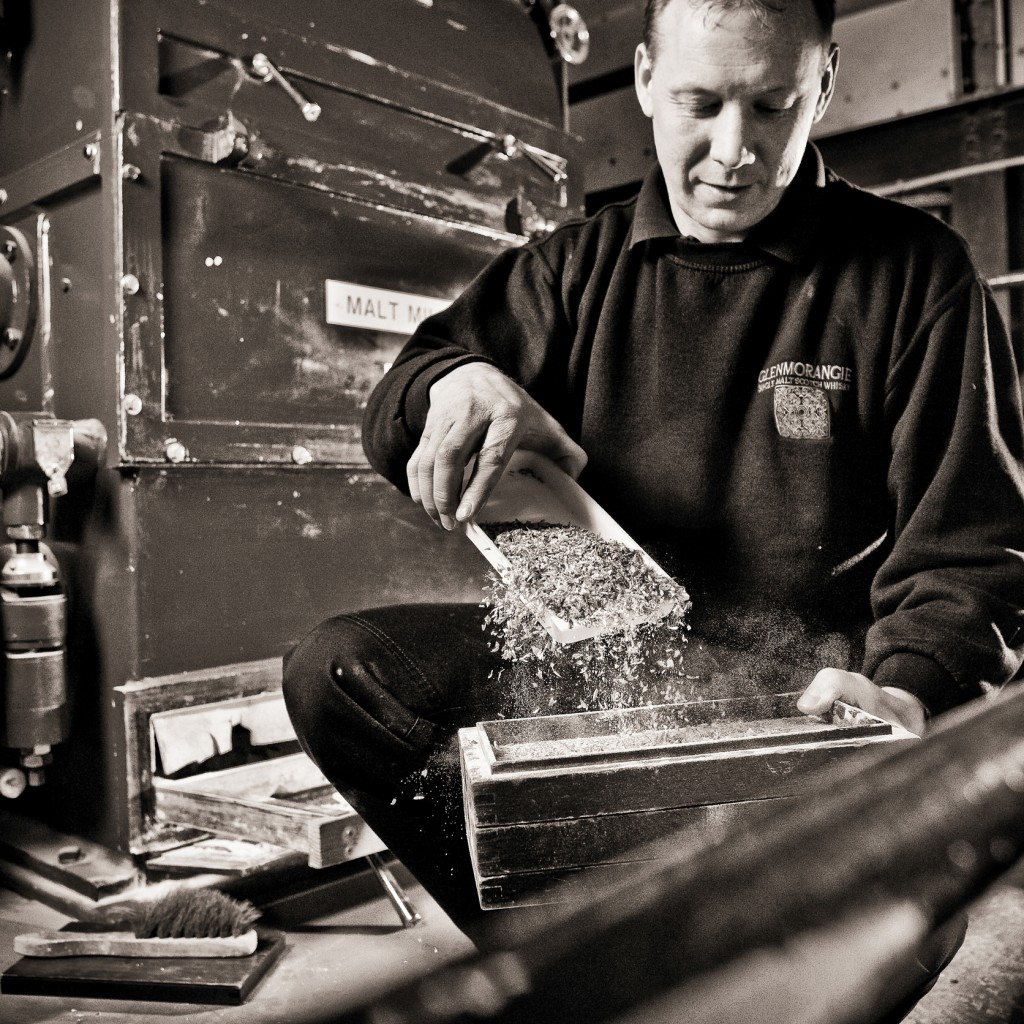
GOLF IS SCOTLAND’S SPORT, but it isn’t mine. But it would be a failure of imagination on my part to be unfazed by this opportunity to be at The Open at the famous St. Andrews golf course. These are men who are the best in their field. Legends have been made at this very course. I try to imagine being a fan and being so close to my idols, but I’m distracted by the cranes.
They rise out from the horizon like dinosaurs. They stand out against the grey sky, bent towards each other as if in conversation. Weather has already delayed the tournament today, and it will muck things up again later on. But sunlight breaks through, now and again, casting shadows that feel as though they might get swept away by the wind. Each crane is a giant mechanical arm, training a camera towards the action. Yes, I immediately think of the Glenmorangie giraffes, but then I also think that connection is too quaint.
Around me and out of sight, I know Moments are happening. Perfect swings, and ones that are maddeningly close. Someone is almost hit with a stray golf ball. I muse to myself about how the cranes represent everything I’m thinking about: how they are modern, but they are capturing history. It’s a stretch. Plus, scotch and golf go so well together already; each representing the triumph of perfection through repetition. I don’t need to force a Moment, making connections like a freshman English student.
Instead, I think of the night before. How I left my hotel room and walked in the wind to the edge of a small road. In the distance, I see the halo glow of St. Andrews. I remember traveling as a child, and knowing the journey was almost over when I could see the lights of a city long before it would spread out and take us in.
History and Now. And being reminded that another memory could’ve happened anywhere, but it happened there — a shot lovingly poured by Scotland. That’s the beautiful thing about Moments: whether it’s a dram of scotch, a perfect swing, the medieval grandeur of a castle seen from a distance — you can taste their importance, the converging of the past and the present. Drink deep and then thank the bartender.





